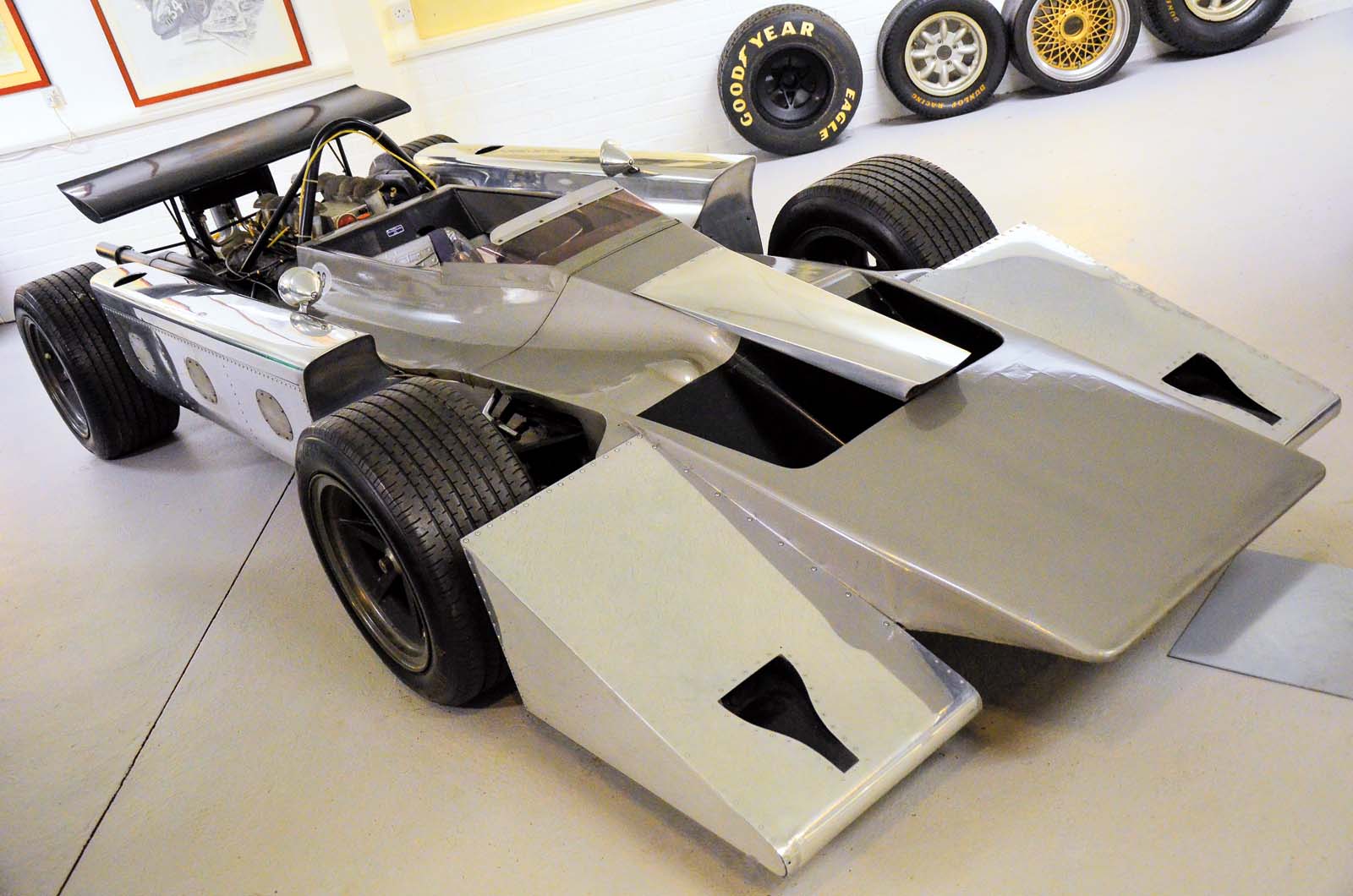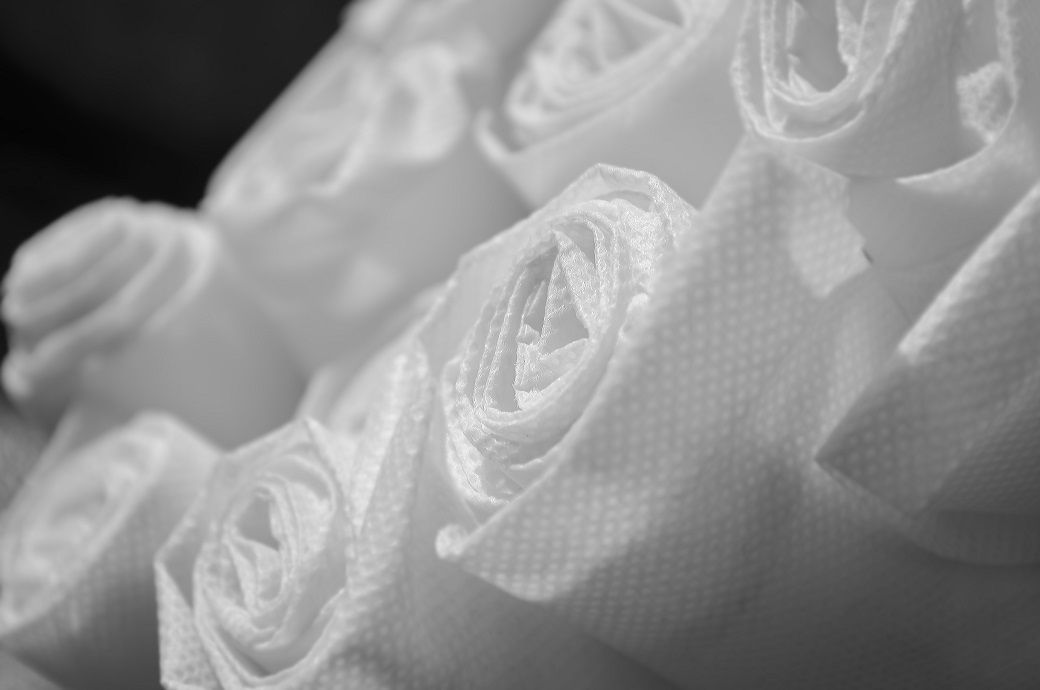Silk Hydrogel Platform Enable the Design of Aligned and Gradient Cues for Regenerative Medicine
Advanced Healthcare Materials, EarlyView.

Silk nanofiber-based hydrogels with both gradient and aligned features are developed in aqueous solution based on the special stagnant behavior of the nanofibers. Various gradient cues could be introduced to the aligned hydrogels to improve the bioactivity, suggesting its promising future in designing bioactive materials with complex niches.
Abstract
Tissue regeneration in vivo happens in complex physiological microenvironments that usually involve versatile physical and biological gradients. Introducing controllable gradients to anisotropic biomaterials is critical for the next generation of bioactive biomaterials. Current strategies for introducing gradients to anisotropic biomaterials are highly limited to special cues with inferior controllability. Here, beta-sheet rich silk nanofibers (B-SNFs) are exploited to build aligned hydrogels with controllable gradients, providing a universal approach to fabricating different gradients in anisotropic hydrogels. B-SNFs as carriers are loaded with gradient cues in aqueous solutions, and then the gradients on the aligned hydrogels under the electrical field are stabilized due to their stagnant behaviors in aqueous solutions and directional movement under the electrical field. The anisotropy, gradient strength/type, and gradient interval of the hydrogels are regulated through tuning the B-SNF concentration, the gradients of cues in solution, and the intervals of the compartments, suggesting good controllability. Both biological and physical gradient cues are effectively introduced to the aligned hydrogels and exhibit efficient gradient control of cell behavior. The versatility, controllability, and designability of the hydrogel platform suggest an opportunity to design versatile bioactive gradient materials needed in regenerative medicine.







































































































































































